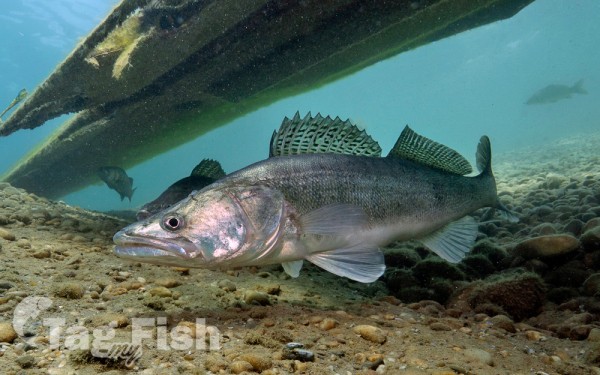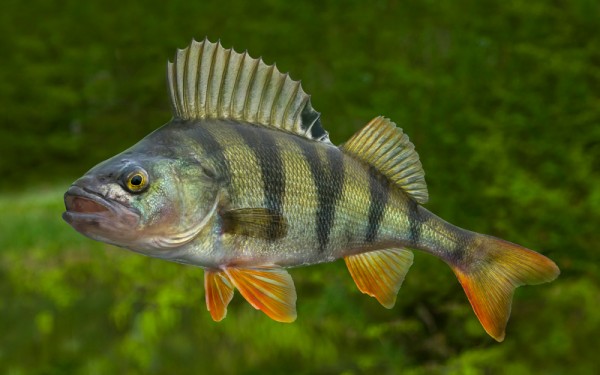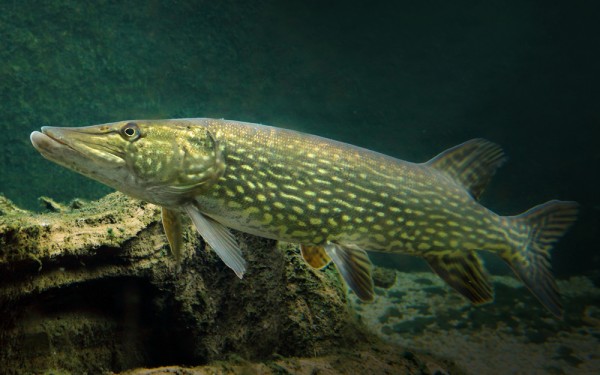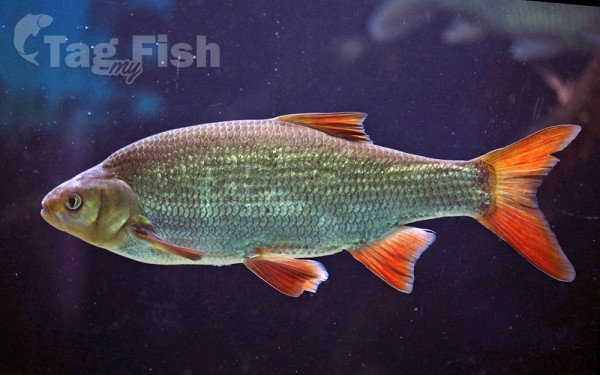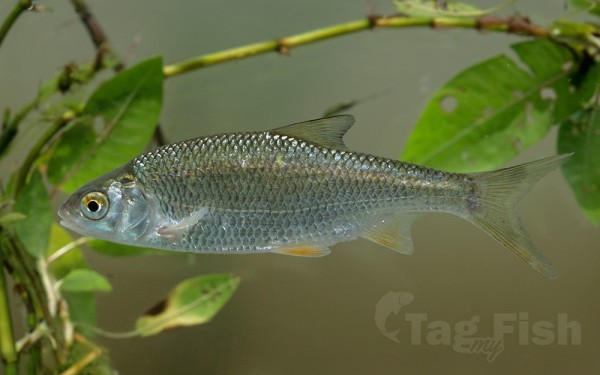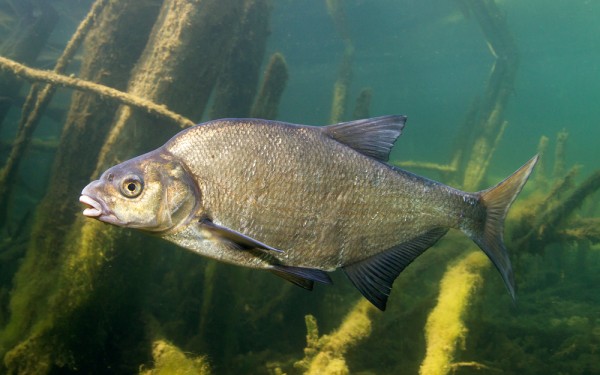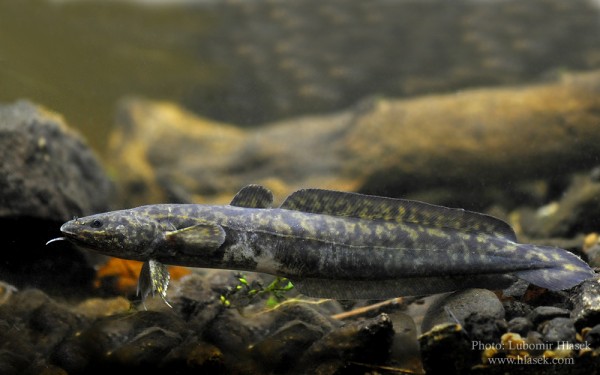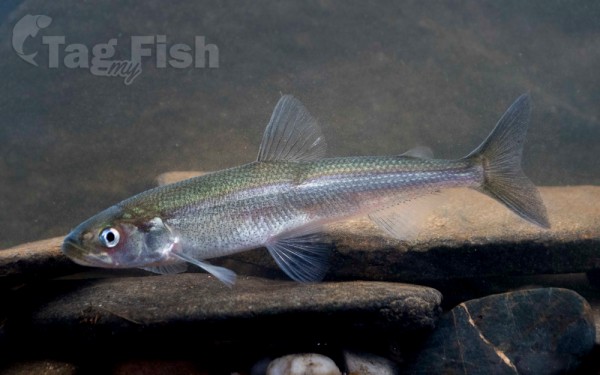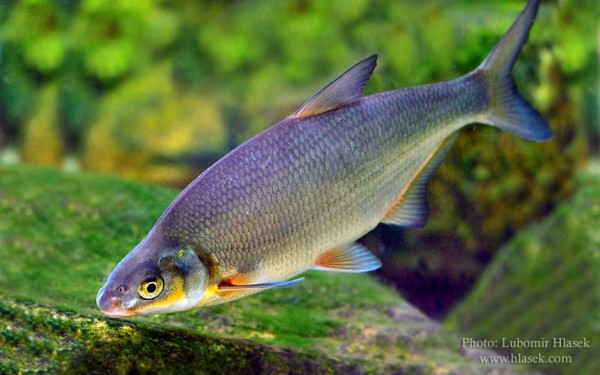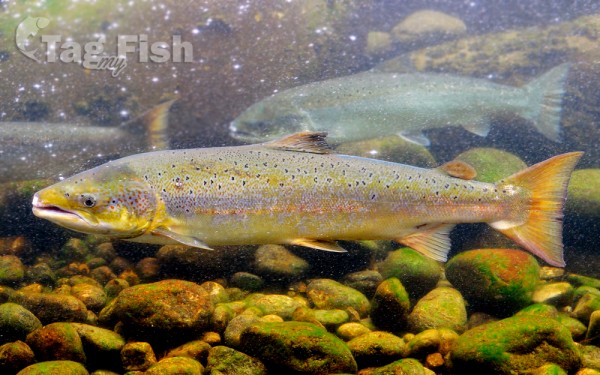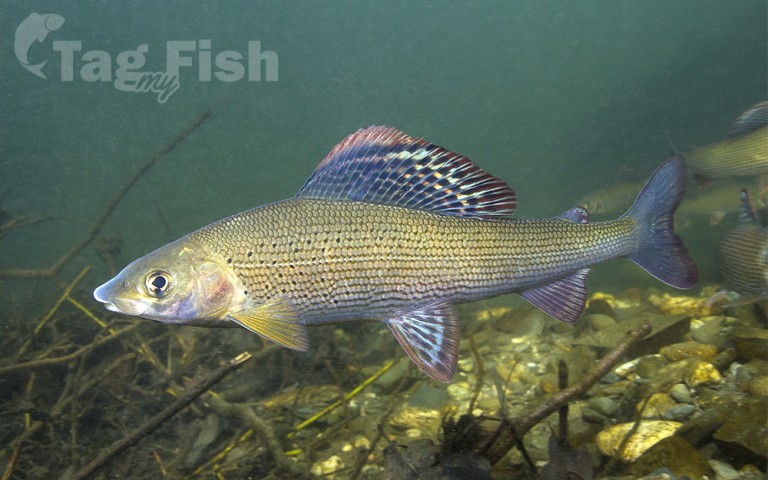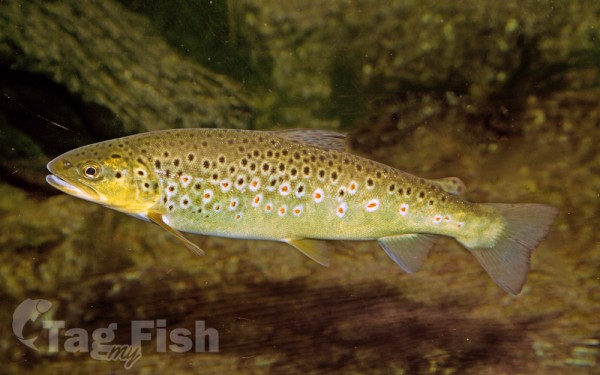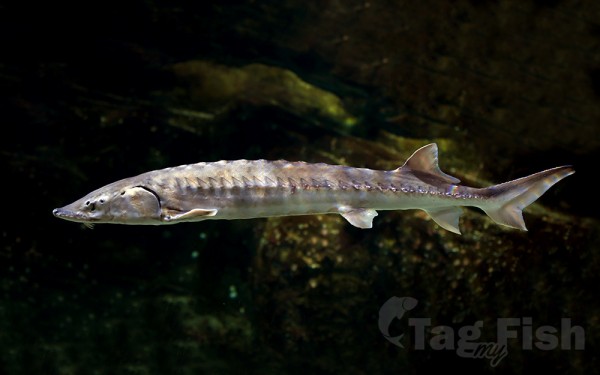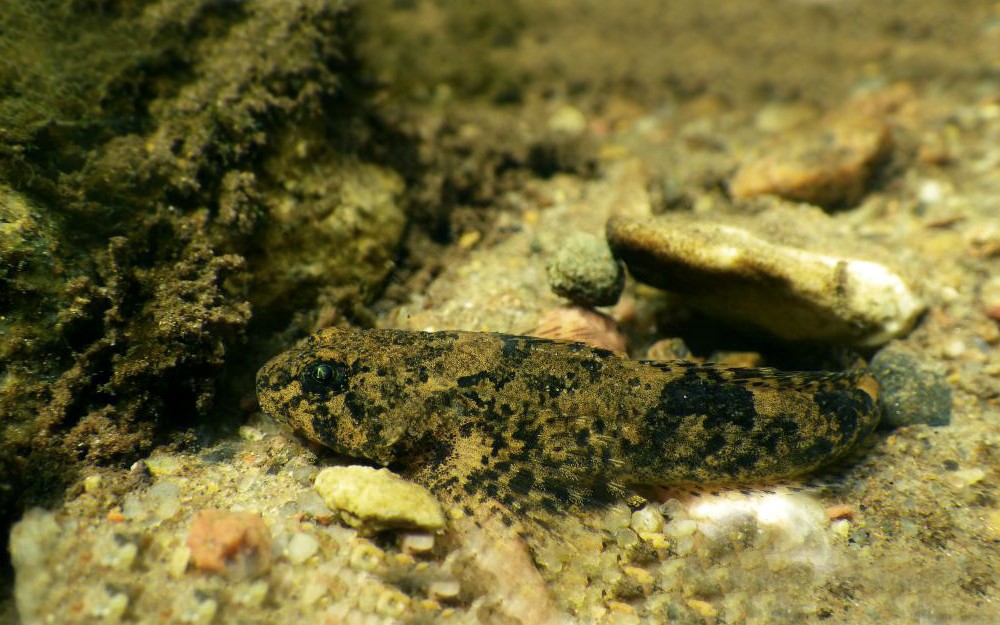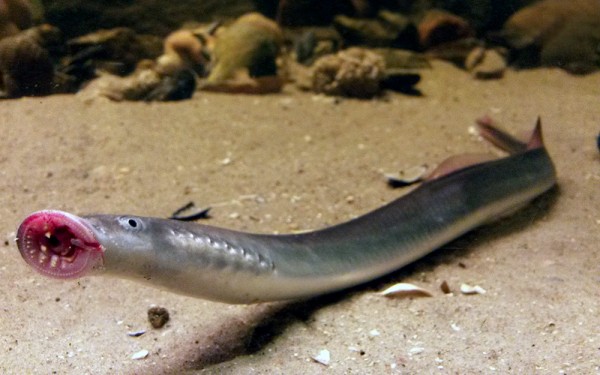Lake Peipus

Perciformes - Perches
Esociformes - Pikes
Cypriniformes - Carps
Gadiformes - Cods
Osmeriformes - Smelts
Perciformes - Perches
Esociformes - Pikes
Cypriniformes - Carps
Gadiformes - Cods
Osmeriformes - Smelts
Salmoniformes - Salmons and Trouts
Acipenseriformes - Sturgeons and Paddlefish
Scorpaeniformes - Mail-cheeked fishes
Petromyzontiformes - Lampreys
Perciformes - Perches
Esociformes - Pikes
Cypriniformes - Carps
Gadiformes - Cods
Osmeriformes - Smelts
Salmoniformes - Salmons and Trouts
Acipenseriformes - Sturgeons and Paddlefish
Scorpaeniformes - Mail-cheeked fishes
Petromyzontiformes - Lampreys
Lake Peipsi (Estonian: Peipsi-Pihkva järv; Russian: Чудско-Псковское озеро, Псковско-Чудское озеро, romanized: Chudsko-Pskovskoye ozero, Pskovsko-Chudskoye ozero); is the largest trans-boundary lake in Europe, lying on the border between Estonia and Russia.
The lake is the fifth-largest in Europe after Lake Ladoga and Lake Onega (in Russia north of Saint Petersburg), Lake Vänern (in Sweden), and Lake Saimaa (in Finland).
The lake is a remnant of water regularly collecting at the foot of large, perennial arctic ice sheets during recent ice ages. It covers 3,555 km2 (1,373 sq mi), and has an average depth of 7.1 m (23 ft), the deepest point being 15 m (49 ft).
The lake has several islands and consists of three parts:
- Lake Peipsi / Chudskoye (Estonian: Peipsi järv, Russian: Чудское озеро), the northern part of the lake, with an area of 2,611 km2 (1,008 sq mi) (73%)
- Lake Pihkva / Pskovskoye (Estonian: Pihkva järv, Russian: Псковское озеро), the southern part of the lake (area 708 km2 (273 sq mi) or 20%)
- Lake Lämmi / Tyoploye (Estonian: Lämmijärv, Russian: Тёплое озеро), the sound connecting the other two parts of the lake (area 236 km2 (91 sq mi) or 7%)
The lake is used for fishing and recreation, but suffered from environmental degradation from Soviet-era agriculture.
Some 30 rivers and streams discharge into Lake Peipus. The largest rivers are the Emajõgi and the Velikaya.
The lake drains into the Gulf of Finland via the river Narva.


